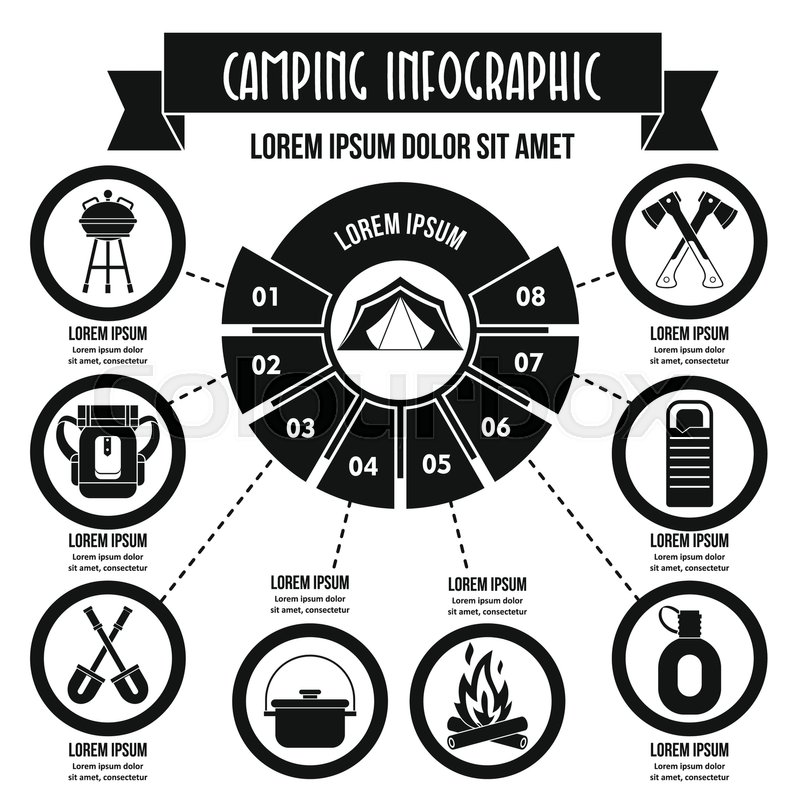Cooktop jacks are important to safe outdoor tents range use, keeping cold air, rainfall, snow, bugs and also flammable combustible materials out of the outdoor tents. However, they're not without their pitfalls. Keep reading to find out about usual errors campers make when suitable their oven jacks, and how you can prevent them at your campground.
Material Compatibility
When looking for a stove jack, make sure it is made from heat-safe materials. The textile made use of to make the jack needs to additionally be durable and breathable, which will certainly assist to keep the tent warm and completely dry when it remains in usage.
When you've found a cooktop jack that works with your camping tent, it's time to make a decision where you wish to install it. Typically, it's best to position the cooktop in the facility of the camping tent to help maintain all locations warm and comfortable, but it's important to stay clear of positioning it directly up against a tent wall given that this is a fire danger. Likewise, consider how very easy it will be to reach your range when refueling and tidying up in the middle of the evening.
Range jacks are pretty straightforward outdoor camping gear, but they are unbelievably vital for safely making use of an outdoor tents range in any climate condition. By making the effort to choose the correct dimension and properly mount your oven jack, you'll be good to go for a comfy outdoor camping experience!
Stove Pipeline Diameter
The size of your oven pipe is necessary to make sure proper airing vent and to prevent a fire hazard. A tiny diameter pipeline will function fine in most outdoors tents, but a bigger one ought to be used with a heavier-duty canvas camping tent or a Tipi.
When it comes to establishing the optimal positioning of your oven, the center of the camping tent is often the most effective choice. This will certainly help maintain the entire camping tent warm while lessening the potential tent flooring for smoke to leakage around the edges. It likewise aids stop warmth from blowing away from the cooktop and into flammable materials like wall surfaces or ceilings.
When it comes to wall and flooring security, NFPA calls for at least 36" of clearance from flammable wall surfaces. This can be decreased by utilizing a range guard and a single-wall stovepipe with an insulated thimble (if going into the ceiling, attic room or roofing system). Constantly consult your woodstove manufacturer's owner's guidebook to find out more concerning proper setup.
Stove Pipe Size
Aside from not being directly up against the wall surface of the tent (where it could be a fire danger) there isn't really a wrong location for a cooktop jack. It's just an issue of choice, depending on exactly how simple it will certainly be to reach for refueling and exactly how close it will certainly be to the entry of your tent.
Nevertheless, if you mount your pipeline too far out from the oven, cool air and rain will have the ability to blow in around the beyond the pipe. This isn't perfect, as it will certainly make beginning your stove and keeping a great draft tough.
To identify how much flue pipe you'll need, determine the range where your tent's range will rest to your smokeshaft opening. After that subtract two inches since each area of pipeline overlaps. The number you obtain is the quantity of pipeline you'll need to purchase. Fortunately, setting up cooktop pipelines isn't hard and requires very little devices.
